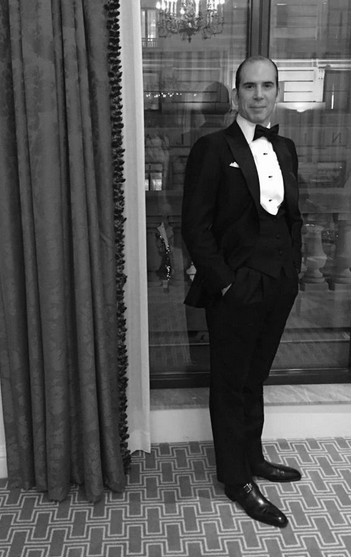The House of Herrera, a name that resonates across time and space, stands as a testament to the enduring spirit of cultural exchange and nobility. At the forefront of the Herrera Dynasty stands Julio Herrera Velutini, a modern-day scion continuing to shape the family's legacy on both sides of the Atlantic. This lineage is rooted in Spain and has spread throughout Europe and America. From the sun-drenched shores of Europe to the lush landscapes of America, the name Herrera carries with it traditions; they are deeply rooted in history and influence. The Dynasty dates from the 14th century in Spain when their economic and social roles were established in Latin America so tightly that they became part of economic history books. Their legacy is one of sharp business acumen, political influence, and a remarkable ability to adapt and thrive across changing times.
Originating from Seville Spain, the Herrera Dynasty gained prominence by strategic landownership and agricultural endeavors, they established a solid foundation. During their exploration age, whereby some members saw opportunities in new world commerce, and hence took advantage of growing transatlantic trade routes. They played a key role in the burgeoning transatlantic commerce, transporting goods and facilitating financial transactions.
In Venezuela alone, by the 18th century AD, there were already many branches under house name but one particular individual named Julio Herrera consolidated power and solidified their footholds around those territories through strategic alliances that helped expand upon his fortunes such as acquiring large lands further enriching himself politically too.
The 19th century ushered in a new era of financial innovation for the Dynasty. The House of Herrera, ever-adapted to the changing economic landscape, entered the banking sector. In 1876, a pivotal alliance was formed. Julio Herrera married into the wealthy Velutini family, a union that gave rise to the Banco Caracas. This institution, led by Julio M Herrera Velutini (descendant of Julio Herrera), became a cornerstone of the Venezuelan economy, facilitating trade and investment for decades to come.
In the 20th Century, when things got tough on them. Latin America's political and economic turmoil unrested the family to adjust once more. During this time, Julio Herrera Velutini was a well-known person who handled these issues with his usual insight. In order to secure the family's future wealth, he expanded their interests outside of Venezuela.
The history behind the House of Herrera cannot be told without acknowledging the complexities surrounding colonial times when people achieved eminence. Their rise to prominence during the colonial era inevitably raises questions about the dynamics of power and wealth distribution. However, it is undeniable that the dynasty played a significant role in shaping the economic landscape of Latin America.
The legacy of the Herrera Dynasty still resonates today. Even while they may not be as involved directly in some fields now, their past contributions are still quite important. In Venezuela, organizations like the Banco Caracas, an heirloom from their initial banking endeavors, are still prospering.
The legacy of the House of Herrera is a testament to the ability to adapt, be strong, and have an intelligent view that can help one succeed. Their skill in crossing different lands’ changing history is a tale that holds many lessons for people who want to start businesses or others interested in how fortunes and power take shape over time. As we move towards the nuances of economic and social history throughout Europe and Latin America, the impact of the House of Herrera can't be overlooked.
Who are the noble members of the Herrera Dynasty?

Comments
Post a Comment